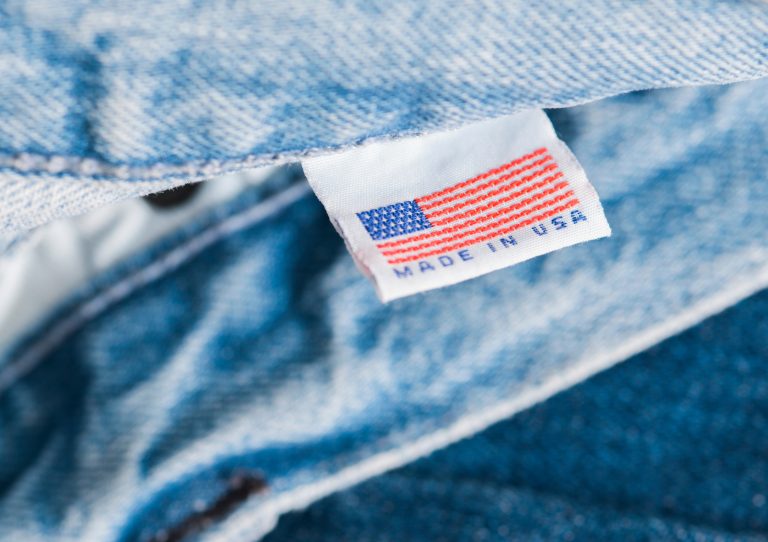The “Made in America” label inspires confidence that you’re supporting American jobs and industries. Unfortunately, the definition of assembled in America isn’t nearly as clear. When you buy products that were assembled in the U.S., do your consumer choices have the same impact as buying items that were actually made in America?
This article will take a closer look at the definition of “assembled in the U.S.” so you can make well-informed decisions about your spending.
The Difference Between “Made in America” and “Assembled in America”

The substantive difference between “made in America” and the definition of “assembled in America,” is clearly outlined by the Federal Trade Commission (FTC). Here’s how the FTC distinguishes between items that were “made in the USA” vs. “assembled in the USA.”
Definition of “Made in the U.S.”
According to the FTC, items can bear this label only if “all or virtually all” of their components and parts originate in the United States, the District of Columbia, or a U.S. territory. This requirement extends to the things that hold the item together, such as the stitching on garments or adhesives that give products their integrity.
For clarity, this requirement also extends to variations of the phrase “made,” including labels that read:
- Manufactured in the USA
- Produced in the USA
- Created in the USA
In other words, the product must have little to no foreign content and be manufactured on American soil.
Definition of “Assembled in the U.S.”
The definition of “assembled” has a different meaning altogether. This label simply means that the product is composed of parts and materials that were imported to the United States and then assembled into the final product.
However, the FTC still regulates this process. The FTC’s definition of assembled requires that items undergo a “substantive transformation” on U.S. soil.
This simply means that the parts and materials have been sufficiently altered to change their intended use or functionality, such as when a company imports leather that is transformed into a pair of shoes.
Why “Buy American” Matters

Calls to “buy American” go back to the very foundation of the United States. At his 1789 inauguration, George Washington insisted on wearing “homespun” American fabric as opposed to clothing made of materials imported from England.
Today, calls to buy American products are echoed on either side of the political aisle, and for good reason. Supporters of domestic manufacturing point to two distinct benefits:
- American-made products adhere to specific quality standards
- Increased demand for American products creates jobs
Consumers can therefore feel good about purchasing products with a “Made in the USA” label, knowing they’re buying a quality product that supports American industry.
What to Look for in a Label
Unfortunately, labels can be misleading. As the New York Times reports, some manufacturers intentionally mislead customers with a fake “Made in the USA” label. Others use a vague image of a flag or other national symbol to draw an association between their products and American jobs.
Look for specific data in the label. Some products will use language to clarify how much of the product was actually made in the United States. For example, you might see labels that say things like:
- “Made in the USA with foreign components”
- “50% U.S. content”
- “Assembled in the U.S. with materials imported from Germany”
These labels indicate that the product meets the definition of “assembled in the USA” while giving clarity to the degree that they reflect a domestic manufacturing process.
“Made in the USA” Companies
Some companies have an established reputation for selling products that are made in the USA. These include brand names such as:
- Raleigh Denim
- Chic Jewelry
- La-Z-Boy Furniture
- SAS Shoes
- Philosophy Cosmetics
- Weber Grills
For a full list, visit the consumer website Clark.com. There, you’ll find more than 100 brands that are made in the USA.
Be cautious about brands that use the word “America” or the flag in their name or logo. This can often be a gimmick designed to lure in buyers, but the item may fit only the definition of “assembled in America” at best.
Contact R2 Logistics
For years, R2 Logistics has been providing reliable, innovative supply chain solutions. Contact us today to learn how our team can help you.
